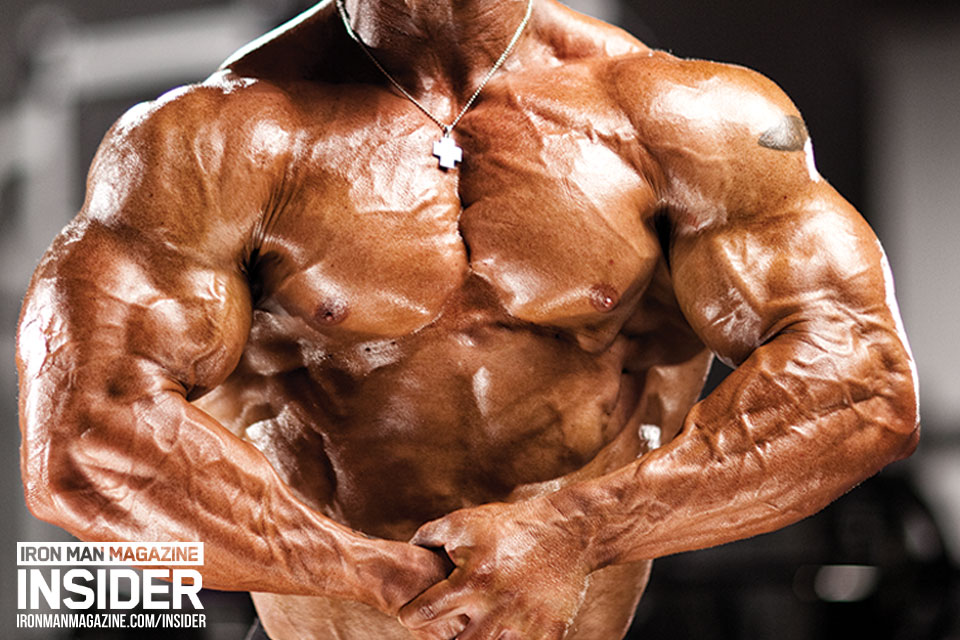


I’ve always stressed the importance of optimal hormone levels when it comes to maximizing your muscle gains and fat loss. Those hormones include insulin, human growth hormone, cortisol and testosterone, just to name the majors. Not surprisingly, I get a lot of questions about testosterone—like, What constitutes a good testosterone level? How do I increase my testosterone? Should I be taking these expensive supplements to boost testosterone?
I’m going to cover those questions and a lot more over the next few columns. In order to ensure maximum gains from your workouts, it’s important to understand the different types of testosterone (there are actually three), how testosterone is measured, what your ideal testosterone range is and how to boost it naturally.
Let’s start by going over the types of testosterone, how much you should have and what kind, and how to get your testosterone measured accurately. I’ll also share with you one of the best ways to boost your testosterone with a natural, safe supplement.
The Three Different Types of Testosterone
There are three types of testosterone in the human body—SHBG-bound testosterone, albumin-bound testosterone and free testosterone. They are not interchangeable, and you need to know the difference in order to understand your testosterone level and what you can do about it.
Roughly half of your total testosterone is SHBG-bound testosterone. SHBG stands for sex-hormone-binding globulin, which is produced in the liver. It binds to free testosterone in your system and has a lot to do with regulating your libido.
The problem with SHBG-bound testosterone, as far as bodybuilding goes, is that it’s biologically inactive. It can’t be used for building muscle. It’s also possible for SHBG to bind to too much of your free testosterone, which is the reson that you may get a decent result from a testosterone test but still have trouble adding muscle. There is evidence that you can correct that through diet and some good lifestyle choices, and we’re going to take a look at that in Part 2.
Albumin is a protein naturally produced by the liver, and it also binds to testosterone to help regulate fluid volumes outside of your cells. Like SHBG-bound testosterone, the albumin-bound variety is biologically inactive; however, while SHGB has a strong bond with testosterone, albumin doesn’t. Its bond is easily broken, so your body can break it and create more free testosterone as needed. Because of that, some testosterone tests lump albumin-bound testosterone in with free testosterone, which can create a misleading result. In effect, that test tells you how much free and/or “could become free” testosterone is in your blood.
Free testosterone is exactly what the term implies. It’s testosterone that is not bound to either albumin or SHBG. It makes up only 2 to 4 percent of your total testosterone. Because nothing has attached itself to it, it’s free to activate cell receptors and boost your mood, your energy level, your strength and your ability to add muscle. Obviously, from a bodybuilding standpoint, this is the testosterone that we want to increase the most.
Finding Out What Your Testosterone Counts Are
There are a few different tests you can take to determine your testosterone levels, but, again, they’re not all the same, and they don’t all do the same thing.
Currently, there is no standardized method for testing testosterone. Different labs use different tests that don’t measure the same types of testosterone.
There are a few ways to get your testosterone measured. One of the simplest is to go to your regular doctor or an endocrinologist and request a test. The plus side there is that it may be fully or at least partially covered by your insurance. Check with your carrier first.
You can also go through an online service that will act as a sort of testing reservation service for you. You contact the company online, describe what you need, and it finds a lab in your area that conducts testosterone tests and books an appointment for you.
The cheapest way to get your testosterone tested is with one of the mail-in kits you can buy on sites like Amazon for $20 to $30, but I don’t recommend them. They are saliva tests, which are very inaccurate.
The important thing to know is how the results are calculated, whether you’re going through your doctor or a commercial lab. Tests fall into two groups: those that measure your free testosterone and those that measure your total testosterone, which is going to be all three types together. Testosterone is measured in nanograms per deciliter, or ng/dl.
In general, the tests that measure just free testosterone can be more costly, but if you opt for total testosterone results, you can fairly accurately figure out your free testosterone on your own by multiplying total testosterone by 3 percent, or .03.
Testosterone Ranges and What They Really Mean
Another key point to understand about testosterone tests is that the ranges can be huge. For instance, LabCorp, one of the biggest commercial labs, considers anything from about 350 ng/dl on up to 1,200 ng/dl as normal for males in general; however, “normal” ranges vary depending on your age, endocrine health, fitness level and overall health.
You can check out the references I’ll add at the end of this discussion to read up on the literature, but just as an example, in one study the average total testosterone was 617 and free testosterone was 12.3 for guys between the ages of 25 to 34. Guys aged 35 to 44 averaged more total testosterone at 668 but less free testosterone at just over 10.
Next month I’ll take a look at the top ways to increase testosterone naturally.
References
Aswar, U., et al. (2010). Effect of furostanol glycosides from Trigonella foenum-graecum on the reproductive system of male albino rats. Phytotherapy Research. 24(10):1482-8.
Steels, E., et al. (2011). Physiological aspects of male libido enhanced by standardized trigonella foenum-graecum extract and mineral formulation. Phytotherapy Research. Published online February 10.






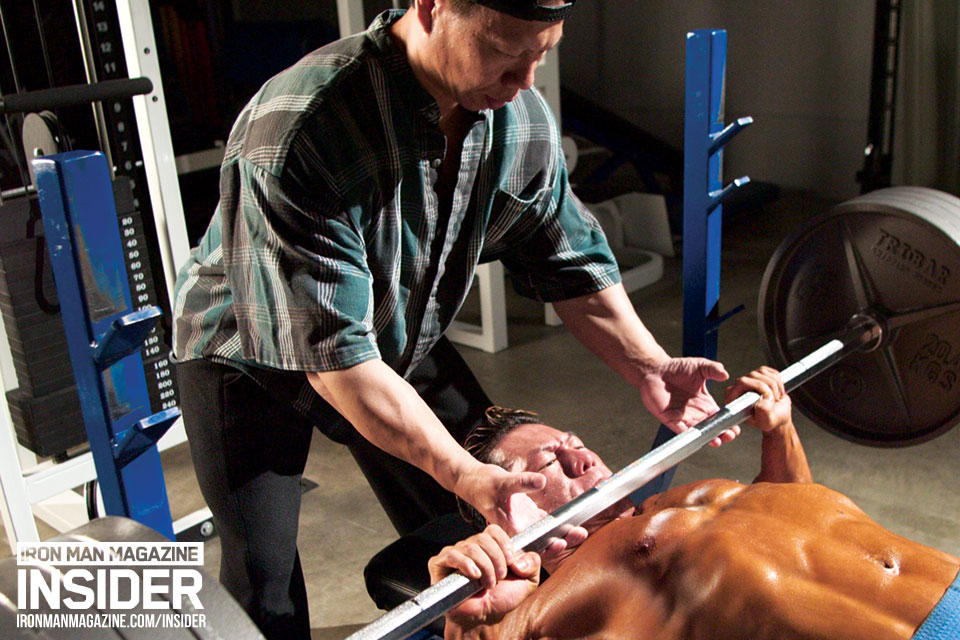







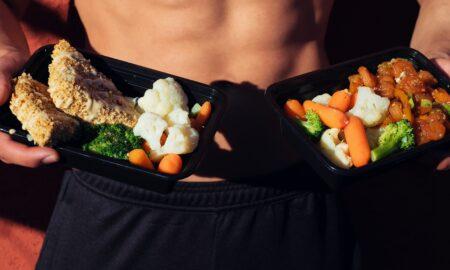
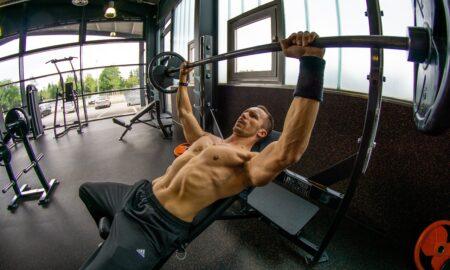
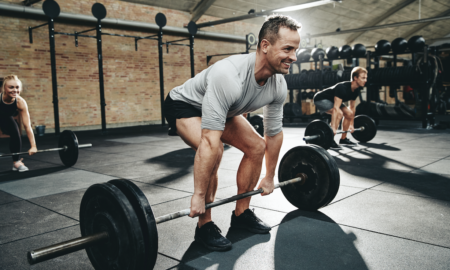


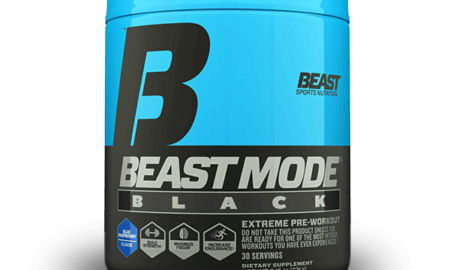
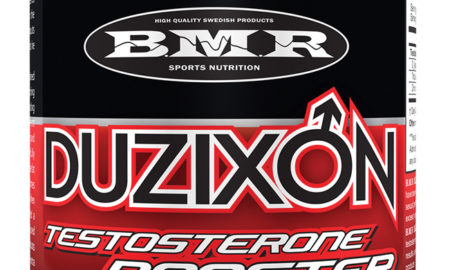
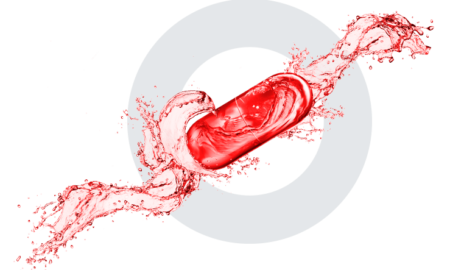
You must be logged in to post a comment Login